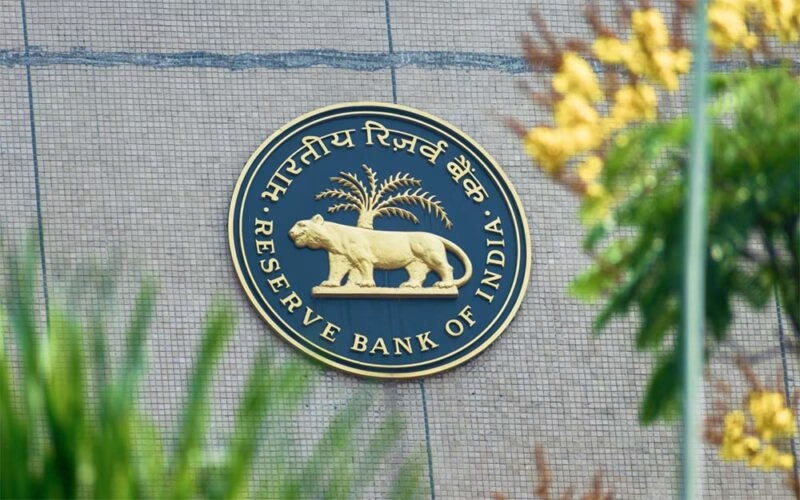At the Global Fintech Fest 2025 in Mumbai, the Reserve Bank of India (RBI) officially launched the offline digital rupee (e₹) — a major step forward for digital payments in India. This new feature makes it possible to use the digital rupee even in places where there’s no internet or mobile signal.
What is the Digital Rupee?
The digital rupee (e₹) is India’s official Central Bank Digital Currency (CBDC). Think of it as the online version of cash. Unlike UPI, which simply moves money between bank accounts, the e₹ is actual digital cash, backed directly by the RBI. It has the same legal status as paper notes, just in a digital form.
How Does Offline Payment Work?
The offline feature can be used in two main ways:
-
NFC Tap and Pay – Using Near Field Communication, users can just tap their NFC-enabled devices together to transfer e₹ directly, without needing internet or mobile networks.
-
Telecom-Assisted Payments – This method uses very minimal signal, making it useful in areas with weak connectivity.
Which Banks Are Involved?
As part of the retail pilot, 15 major banks — including SBI, HDFC Bank, ICICI Bank, and Bank of Baroda — are offering e₹ wallets. Users simply download the wallet app, register, and start transacting.
Limits on Usage
-
Wallets can hold up to ₹1 lakh.
-
After a short cooling-off period, daily usage is capped at ₹50,000 or 20 transactions per day.


